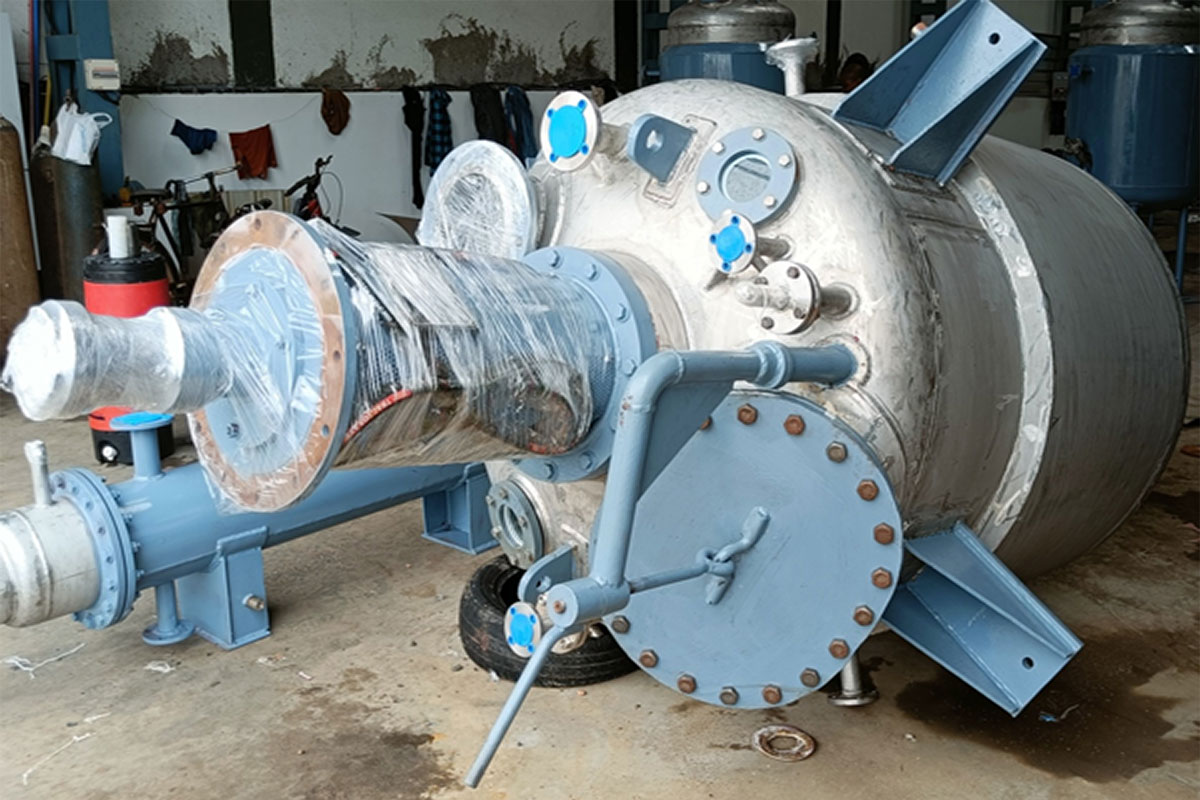


Reactors and pressure vessels are critical components in industries like chemical processing, oil and gas, pharmaceuticals, and power generation. They are engineered containers designed to hold gases or liquids at pressures substantially different from the ambient pressure. Reactors are a specific type of vessel where chemical reactions or other transformations occur, often under high pressure and temperature.
The fabrication of these components is a precise, multi-stage process governed by stringent safety codes, most notably the ASME Boiler and Pressure Vessel Code.
This initial phase involves detailed engineering calculations based on operating pressure, temperature, materials, and process requirements (like corrosion resistance) to ensure safety and functionality.
High-grade materials, such as stainless steel, carbon steel, or specialized alloys (e.g., nickel, titanium), are selected. Plates are cut to exact specifications using methods like plasma or laser cutting.
The cut plates are formed into cylindrical shells and dished ends (heads) using powerful rolling and pressing machines. These components are then precisely fitted and tack-welded together.
This is the most critical step. Specialized welding techniques (like Submerged Arc Welding or TIG) are used to create strong, leak-proof seams. The integrity of these welds is paramount to the vessel's safety
After fabrication, the vessel undergoes rigorous Non-Destructive Testing (NDT). Methods like Radiographic Testing (X-ray), Ultrasonic Testing (UT), and Magnetic Particle Testing (MT) are used to detect any hidden flaws in the welds or material. Finally, a hydrostatic test is typically performed, filling the vessel with water and pressurizing it beyond its operating limit to confirm its structural integrity.